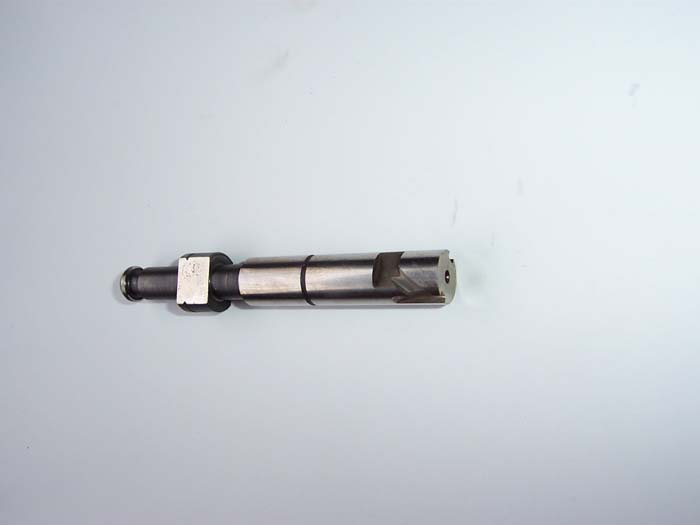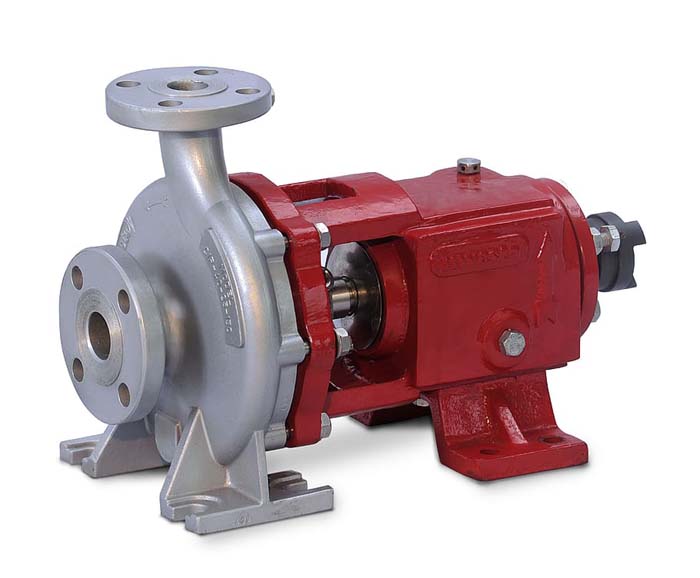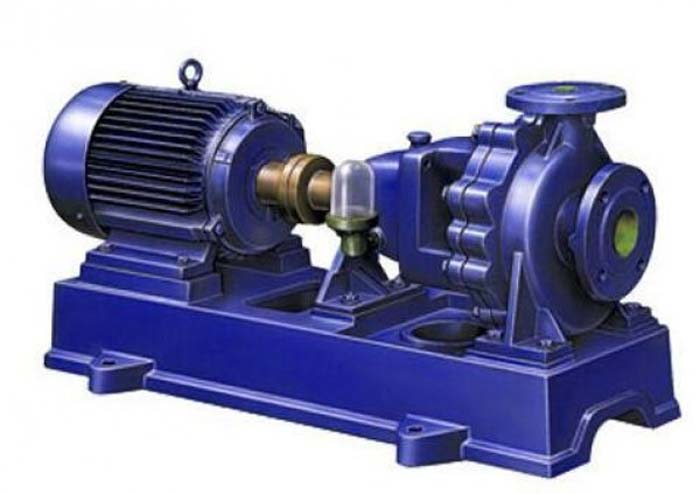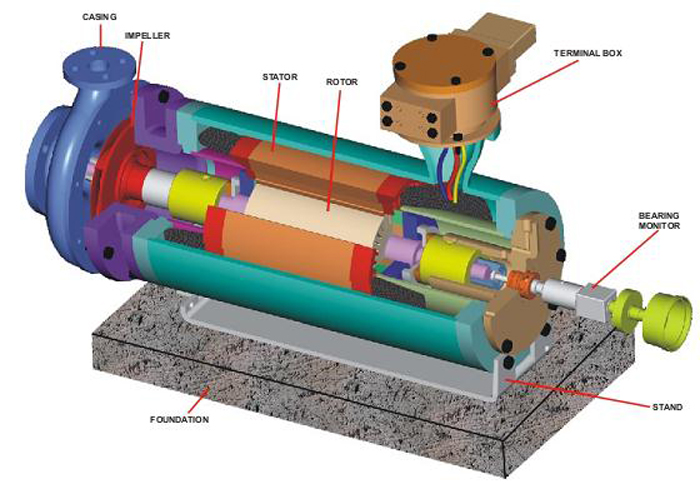
Chemical dosing pumps can inject steam, gases, or water with a finely measured quantity of chemicals or other substances. The standard components of a chemical dosing pump include a control panel, storage tank, pump (or pumps), and pipes. You can use a variety of pumps and methods, but generally speaking, you’ll want to draw up a certain amount of the chemical into a holding container. After that, it is injected into a tank or pipe that contains water or other substances that need dosing.
Types of Chemical Dosing Pumps
Three main types of chemical dosing pumps are used in water treatment: displacement style (diaphragm and peristaltic), piston, and centrifugal. Which pump is ideal depends on the task at hand.
- Displacement Pumps
Ideal for injecting chlorine and other chemicals into water treatment systems.
- Centrifugal Pumps
Feature impellers that propel the fluid in the direction of the discharge port. Water recirculation frequently makes use of this sort of pump. This is due to its ability to pump enormous volumes of water.
- Piston Pumps
These find widespread application in water reclamation systems, such as reverse osmosis. This is due to their ability to withstand extremely high pressures.
How to Pick the Right Chemical Dosing Pumps
There are a lot of things to think about when picking the right chemical injection pump for your needs.
Your first order of business is to find a pump with a sufficient flow rate. Chemicals can be pumped at substantially higher flow rates by larger, more robust pumps than smaller, less robust ones.
Another important consideration is choosing a pump that works with the chemicals your application requires.
Review of the 6 best Chemical Dosing Pumps
- PULSAFEEDER LB64SA-PTC1-XXX PULSAtron Series A Plus Metering Pump with Dual Manual Control
These are positive displacement pumps of the diaphragm type. While they’re running, you can change the output volume from 0 to their maximum setting. Thermal overload/auto-reset protection for the solenoids, circuit safety against current/voltage upsets, and the timing circuit are all characteristics that contribute to the metering pump’s durability. The cutting-edge ball and seat design ensures unmatched performance with superior priming and suction capabilities.
Managing these metering pumps is a breeze. The liquid-handling end has a dial knob that allows for easy adjustments to the stroke length and frequency. The auto-off/manual switch and the 4-20mA DC and stop function inputs allow for automatic control.
The pump drive assembly has no exposed moving parts because it is entirely covered. The pump’s electronics are housed in a special container that prevents them from coming into contact with chemicals. The average electrical use is about 130 watts.
Features
- Cushioned on the inside to lessen noise
- A standard, long-lasting bleed valve assembly that is leak-proof makes priming a breeze.
- Minimal amount of motion
- Exceptionally dependable timing circuit
- Systems for guided ball check valves that lessen backflow and improve priming performance.
- Mountable on a wall
- Protection of solenoids through auto-rest and thermal overload
- Can serve both indoors and out thanks to its water resistance
- You can manually control the stroke rate and length using the onboard knobs.
- Protection of the circuit from current and voltage fluctuations
Advantages
- Liquid end that is leak-free and seal-less.
- Prone to working with materials with a high viscosity.
- Achieved a “hot” rating for continuous duty.
- Accurate metering results.
- Peristaltic dosing pump 12V Kamoer variable speed small water pump with pump head For Lab chemical experiment, KCP PRO2 Norprene tube:3.2mm×6.4mm
Because of the DC brush motor used in this product, there is a risk of early failure due to overuse, short motor life, and continuous use. You should check the hose’s chemical compatibility or conduct immersion tests. This is to ensure it can withstand liquid media. Otherwise, you risk damaging the hose in the near future if you choose it incorrectly.
Working in conditions where the humidity is more than 70 percent and the temperature is more than 45 degrees Celsius can cause the product to break down before its time. The precise application conditions and liquid medium determine the likelihood of a hose rupture-related liquid leakage accident.
If you don’t plan on using this product for an extended period of time, you should replace the pump tube. This is because it will reduce the hose’s rebound ability.
Features
- Application: transferring liquids in the environmental protection industry, large sweepers, bonsai irrigation, household equipment, inkjet printers, and laboratories.
- The peristaltic pump tube is made of French Norprene, famous for its durability, excellent chemical stability, and resistance to wear and corrosion. Food-grade pipes also have a longer lifespan.
- A simple knob allows you to control the direction of the liquid’s flow, as well as its start/stop and flow rate.
- Gikfun 12V Adjustable Peristaltic Dosing Pump Liquid Metering Pump with Adapter for Aquarium Lab Analytical EK1960
Ideal for use in analytical settings, laboratories, and aquariums. Anyone looking for precise dosage control needs this liquid metering pump. This is due to its high-quality design and accuracy. Thanks to the included adaptor, this versatile pump is compatible with a wide range of installations. You have complete command over the dispensing amount and flow rate with the EK1960 Peristaltic Dosing Pump.
This way, you can get the best dosage for you. This pump provides outstanding accuracy and dependability. This makes it ideal for analytical testing, chemical dosing in aquariums, and laboratory studies. This product is a user- and maintenance-friendly device that prioritizes convenience. With its easy-to-understand UI and crisp digital display, it is a breeze to set up and keep tabs on.
 Even in harsh conditions, the pump will continue to function reliably because of its sturdy construction. Inaccurate measurements and manual dosage are things of the past. Automate the procedure with the Gikfun 12V Adjustable Peristaltic Dosing Pump for worry-free, consistently accurate dosing. Anyone from amateurs to scientists to working professionals will find it the perfect option. Avoid settling for subpar dosage control at all costs.
Even in harsh conditions, the pump will continue to function reliably because of its sturdy construction. Inaccurate measurements and manual dosage are things of the past. Automate the procedure with the Gikfun 12V Adjustable Peristaltic Dosing Pump for worry-free, consistently accurate dosing. Anyone from amateurs to scientists to working professionals will find it the perfect option. Avoid settling for subpar dosage control at all costs.
Easy to use
- You can easily disassemble, clean, and maintain the pump head.
- Water treatment, products, biotechnology, ceramics, pharmaceuticals, fine chemicals, biochemical analysis, experimental, and other fields have extensively used this dosage pump.
- The small form factor provides all the benefits of a press-type pump while avoiding numerous drawbacks, like the hassle of moving the hose that goes with the press-type head.
- With an adjustable peristaltic pump, you can control the water pump’s flow rate with a knob. This makes it suitable for a wide range of uses, drastically reducing expenses.
Application
- Dispense liquids experimentally and do quantitative extraction
- Dispensing factory liquid
- Sample analysis, transport of chemical liquid
- Bonsai irrigation, family watering
- Cleaning the pipeline, ink transmission
- Sampling of sewage and transmission
- Food liquid dispensing
- Support the medical equipment
Pros
- Adjusting is a breeze
- Highly precise
- Affordable
- Sturdy design
Cons
- This product is not intended for use in aquariums.
- Stenner Pump 85mhp17. Stenner Peristaltic Pump Adjustable Head – Rated at 0.8 to 17.0 and adjustable head. Rated at 100 psi. Ideal Chlorine Pump. Ideal Chlorine Injection
This product is the way to go when dealing with problematic water. Oxidized contaminants like manganese, hydrogen sulfide, or iron can control the pH of the water. After that, it is filtered out using the pump’s water treatment applications. Cooling towers, industrial processes, water conditioning, wastewater and water, and animal health are just a few markets that use water treatment for oxidation, pH adjustment or control, disinfection, and scale and corrosion control.
Because of its adaptability, the product finds use in a wide variety of industries, including metal finishing (to treat plating baths), irrigation (to clean sprinkler heads), cooling towers (to prevent Legionella), and horticulture. To disinfect pool water and facilitate equipment maintenance, the pumps enjoy immense popularity in the commercial pool industry.
Features:
- Accepts various chemicals
- Pumps of gaseous solutions
- Metering of chemicals without being exposed to air
- Thanks to the interchangeable pump tubes and heads, you can easily switch between models.
- Designed with peristaltic action, it self-primes and can work dry without harm.
- 12V DC DIY Peristaltic Liquid Pump Dosing Pump for Aquarium Lab Analytical 3mm ID x 5mm OD
Both viscous and non-viscous liquids can be pumped using this pump. Disassembling, cleaning, and maintaining the pump head is a breeze. The experimental field has extensively used environmental protection, ceramics, pharmaceuticals, fine chemicals, biochemical analysis, water treatment, products, biotechnology, and many others.
The Peristaltic Pump is of high quality. The internal rollers of this pump are responsible for the pumping motion. The motor moves the rollers, which push the tube against the pump’s inner wall. This pinches the compressed section of the tube shut, allowing the pumped fluid to pass through.
Features:
- 12VDC is the operating voltage.
- 100mL/min flow rate
- Construction of superior quality
Applications:
- Dispense of Liquids
- Systems that water plants automatically
- Water Pump for Aquariums
6. Jebao Programmable Auto Dosing Pump DP-4, Black
A brand new, reasonably priced dosing pump with four different heads is the DP-4. With the ability to design each pump to administer a precise volume of solution up to 24 times a day, users can maintain consistent tank parameters and say goodbye to regular supplement mixing. This pump automatically adds kalkwasser, magnesium, calcium, strontium, trace elements, or any other liquid additive to your aquarium. Every pump can be controlled independently by a sophisticated and user-friendly controller.
The pump is ideal for use with any tank because of its small and large increment dosing capabilities. Once calibrated with a measuring cup (not included) or 100 mL graduated cylinder, the DP-4 is ready with its integrated power source and plug-and-play. The 6-month warranty of each pump covers the replacement of parts that fail due to manufacturing faults.
An internal memory saves your preferences in the event of a power failure. The dosage heads use four silent, long-lasting motors. These generate strong torque using medical-grade rubber tubing. A backlit LCD monitor and a water-resistant control panel make for easy and clear programming.
Features:
- The user can maintain consistent tank specifications.
- The ability to calibrate the flow rate, configure the auto-control feature, input liquid, and set a new date.
- Has its power source.
- 4-channel dosing pump.
- It’s possible to increase or decrease the dosage as needed.
- Programmable for 24 hours of operation daily.
- Simply calibrate it using a 100 ml graduated cylinder, then plug it in.
- The easy-to-use controller allows for customized programming of each pump.
- Per day, each channel delivers 1–9,999 milliliters.
- Ideal for aquariums of any size.
- Include various nutritional drinks at predetermined times and in predetermined portions automatically.
- Supplements no longer require daily mixing.
Usage Guideline:
- To change the feeding interval time, turn off the power.
- Avoid using liquids that are prone to corrosion or crystallization.
- Fill the inlet and output hoses with liquid using the manual mode before usage. After that, adjust the flow rate of each pump. This will help to guarantee accuracy throughout the procedure.
- Keep the inlet hose away from liquids prone to corrosion or crystallization.
- Keep away from water, and use only indoors.
Conclusion
There is a lot of pressure on wastewater and water treatment facilities. They are required to do an excellent job so that communities can enjoy clean water for everything from bathing, cleaning, cooking, and recreational activities such as boating and fishing. The plant operator’s risk increases due to the potential number and types of chemicals needed for the different treatment procedures. Because of this, selecting the most effective pump technology for each of the several essential chemical metering operations that must occur daily is the only way for the operator to guarantee that the operation achieves optimal performance.
It is necessary to use a diverse array of pump types to ensure optimal operation. This is due to the wide range of variables, such as handling characteristics, pH levels, viscosities, and compatibility problems. Peristaltic, hydraulic, mechanical, and solenoid metering pumps provide the finest operational capabilities for chemical handling. Implementing these technologies alleviates any worries the plant operator may have. Additionally, the pump manufacturers are even willing to offer assistance. This is to guarantee the treatment system will consistently perform at its best.
There isn’t a magic bullet when choosing chemical dosing pumps. How exactly are we going to power the pump? In what exact spot will the pump be housed? Is that spot limited in any way? How does one go about controlling the pump? Is a peristaltic or diaphragm pump necessary? Discussing these and any other concerns with an expert at Express Drainage Solutions will help you choose the most suitable pump for your needs. Contact us today!

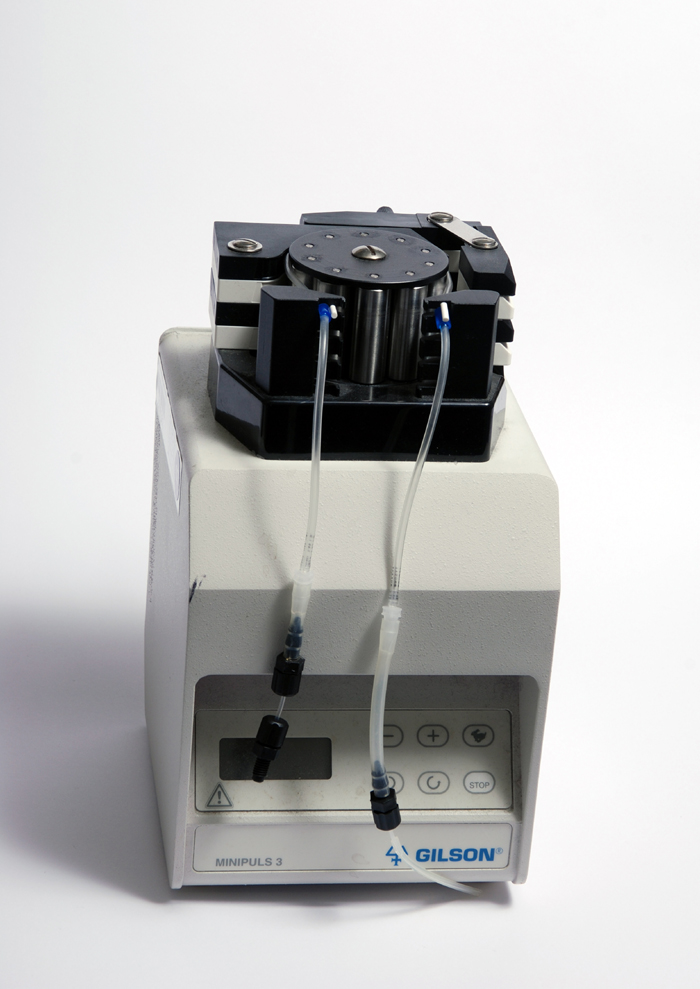
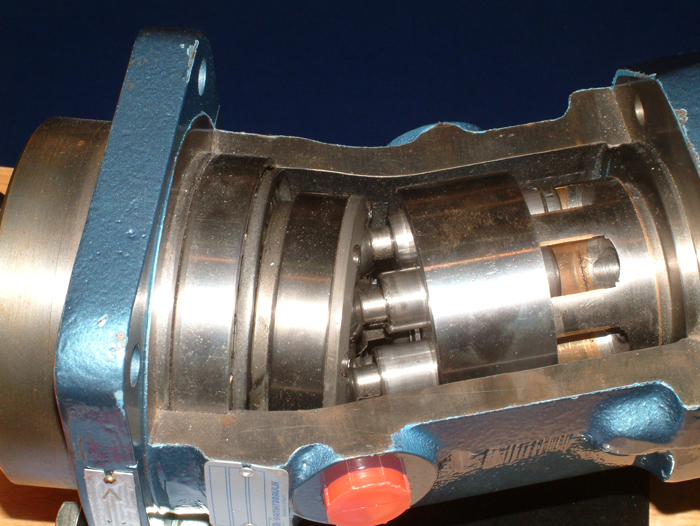
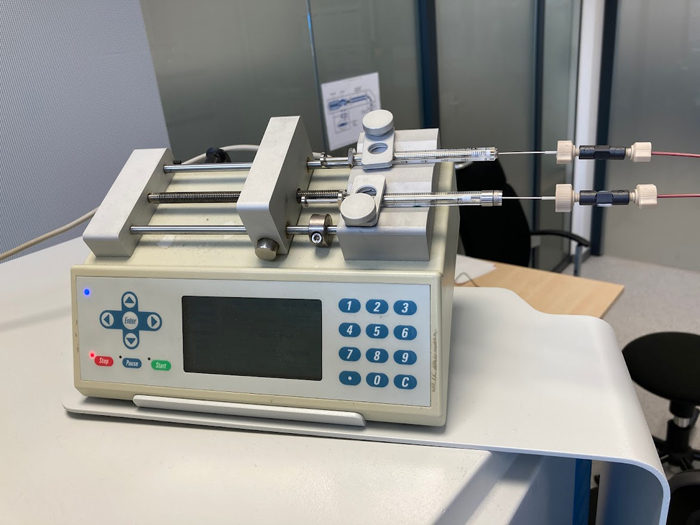
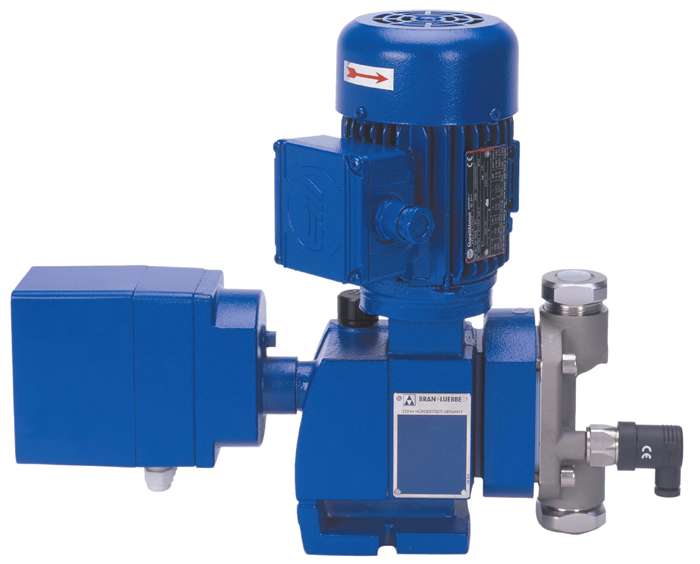
 Accuracy and control:
Accuracy and control: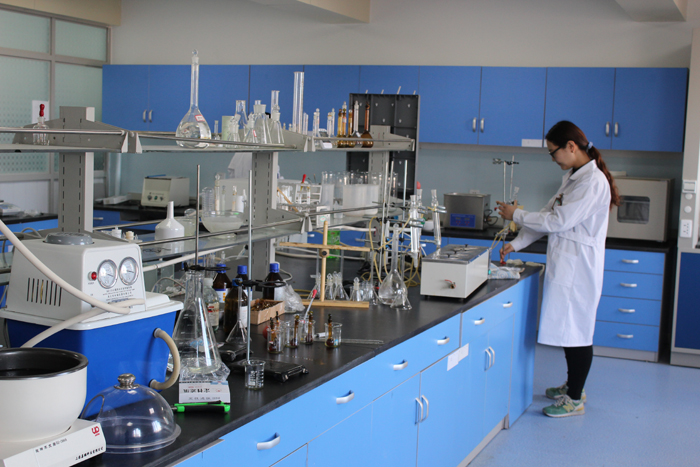
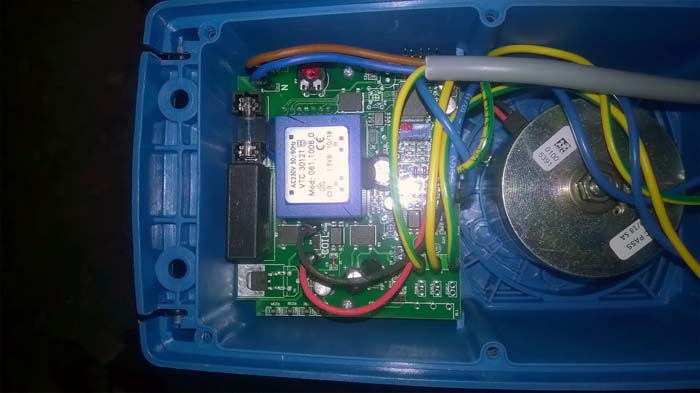
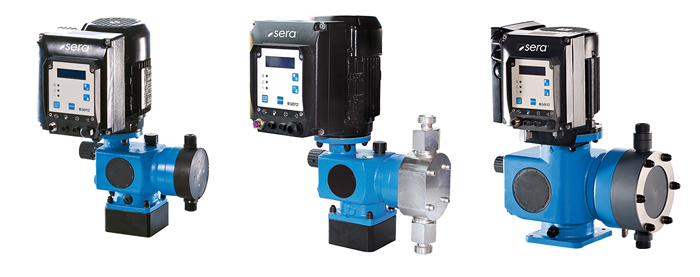 Hydraulic Diaphragm
Hydraulic Diaphragm